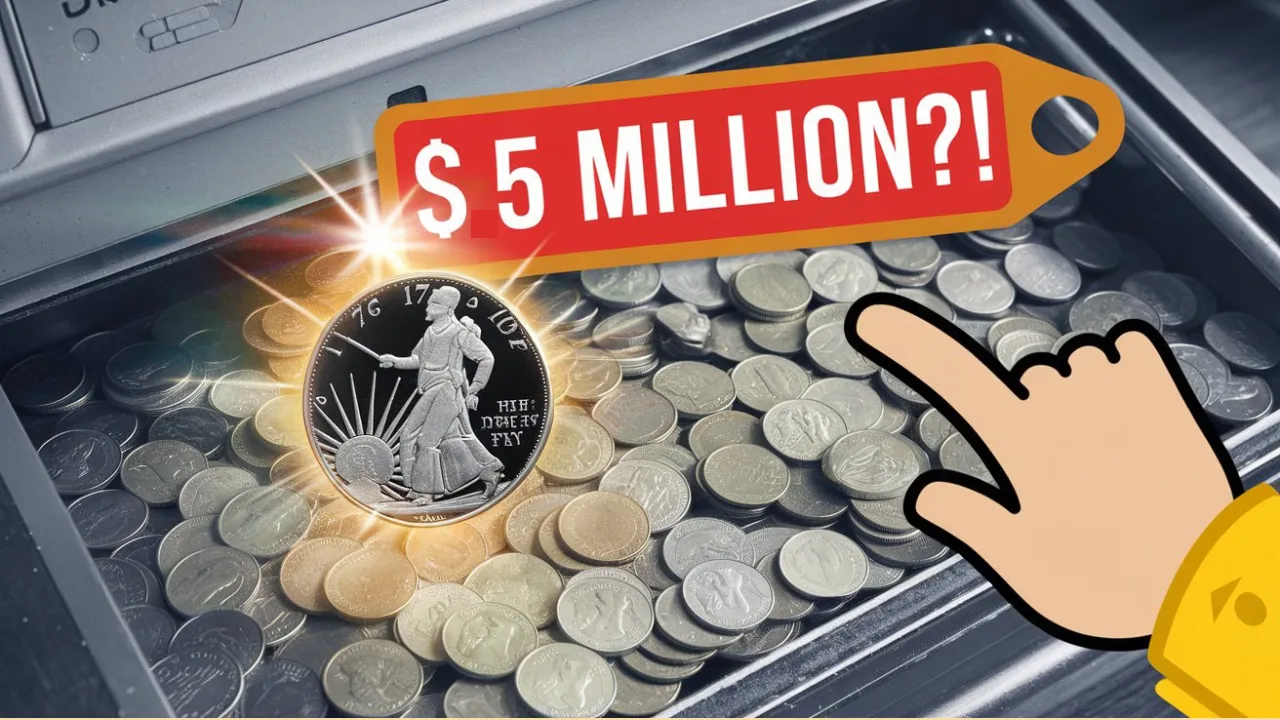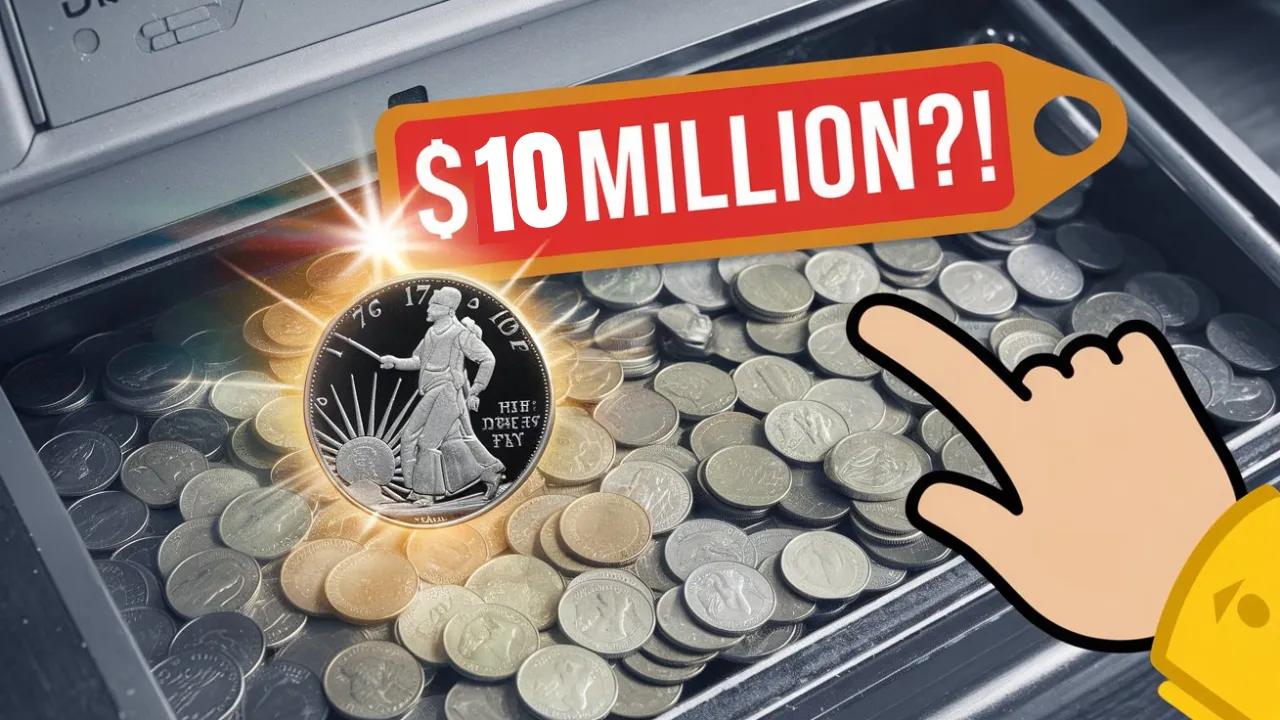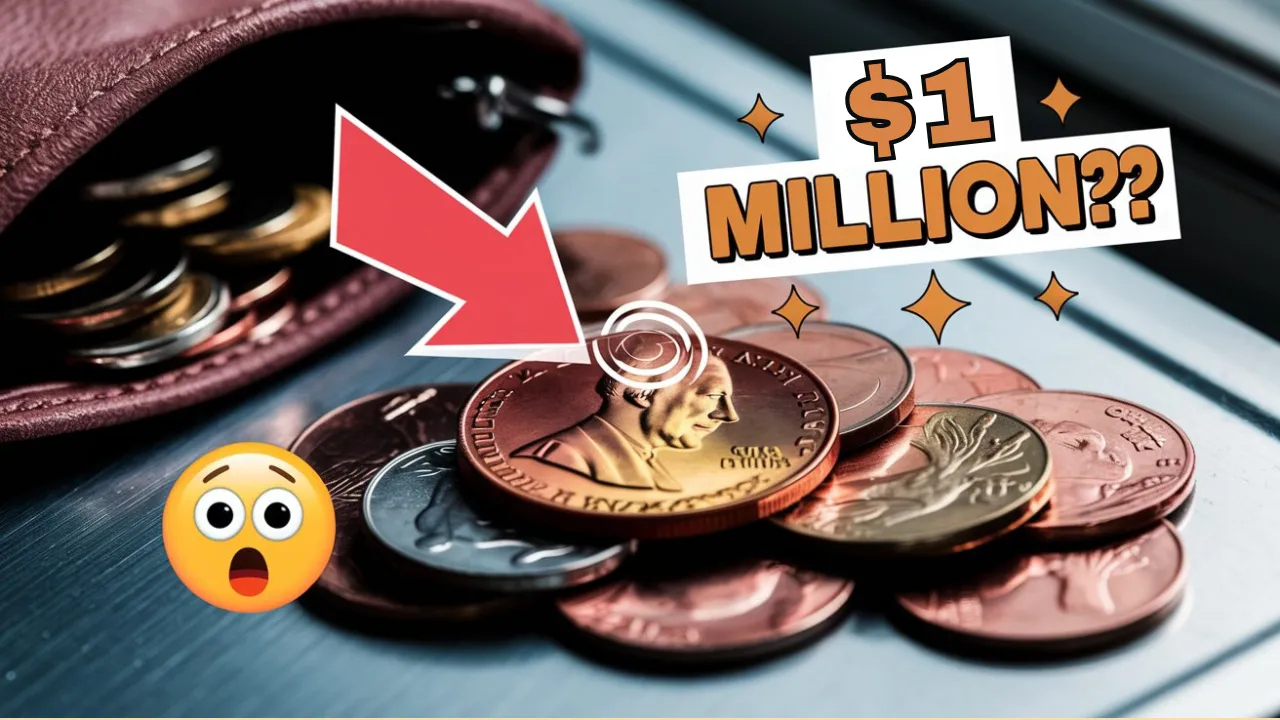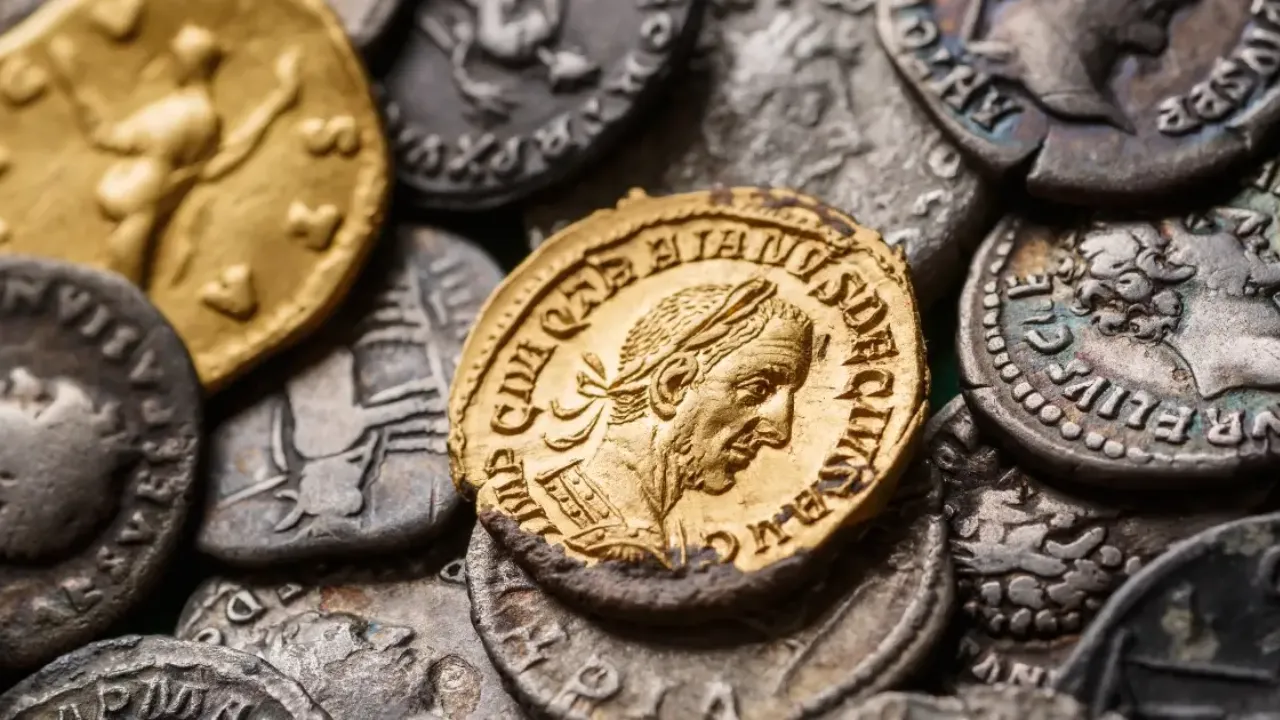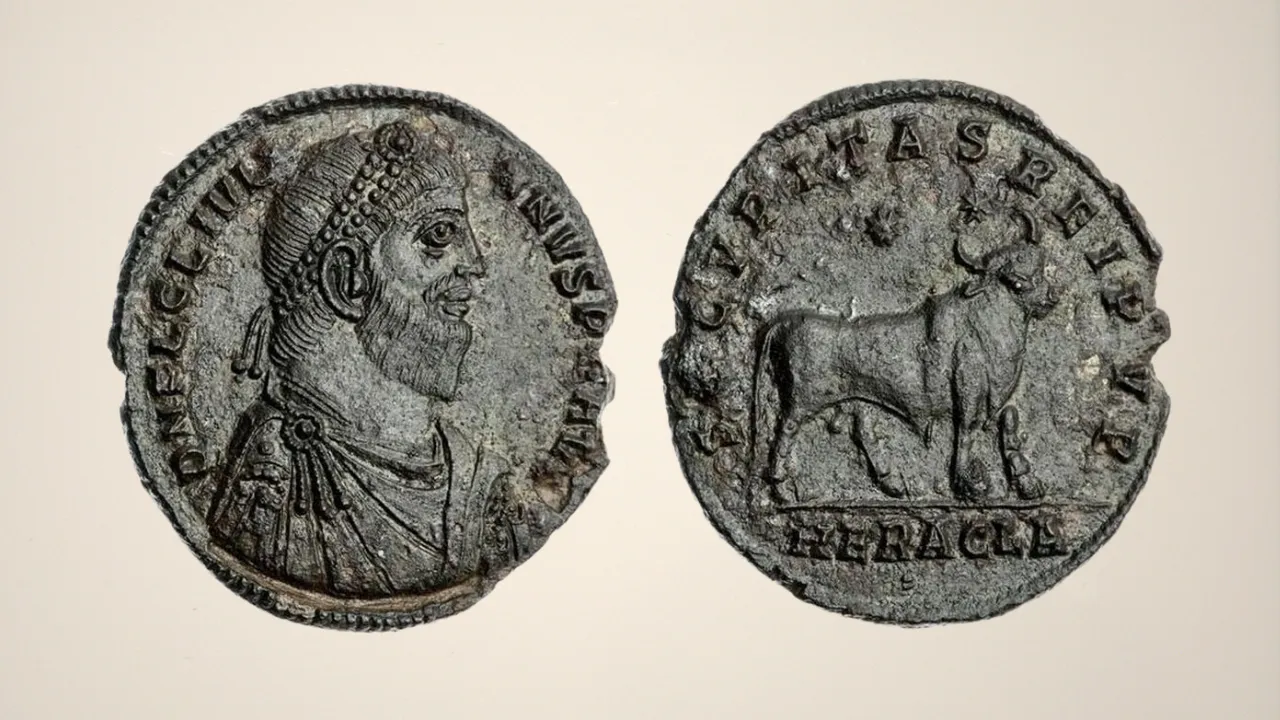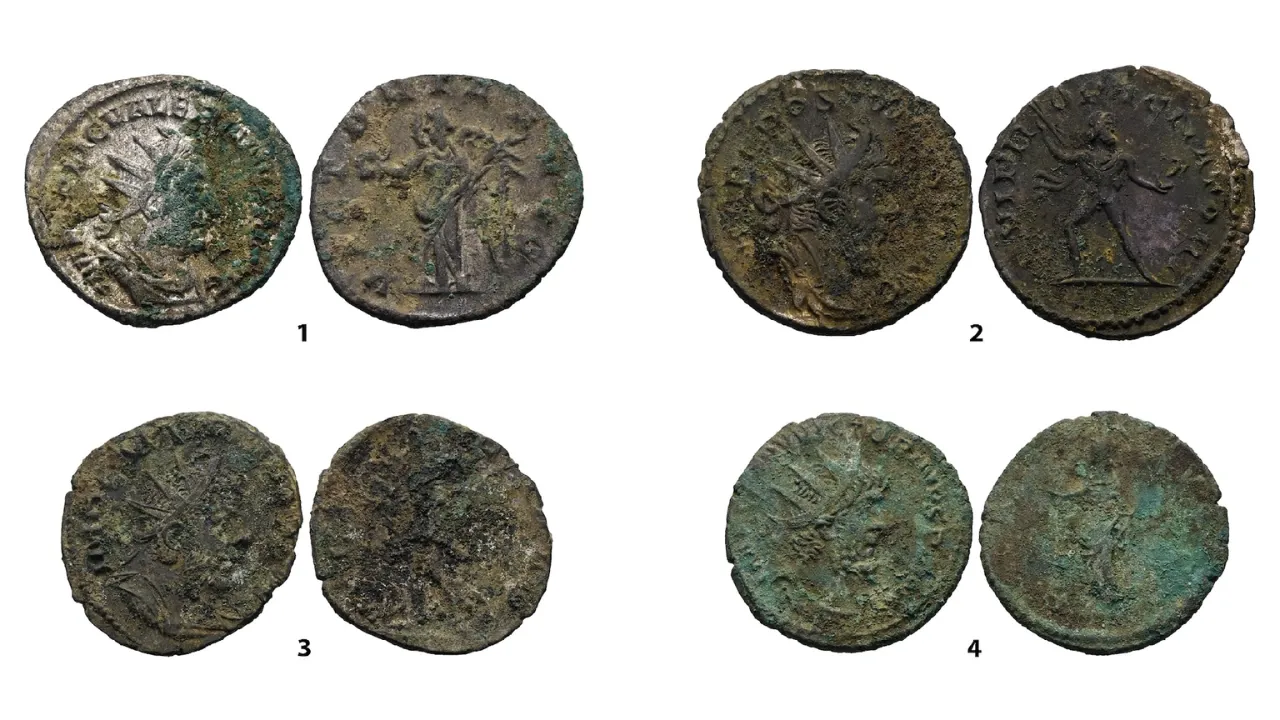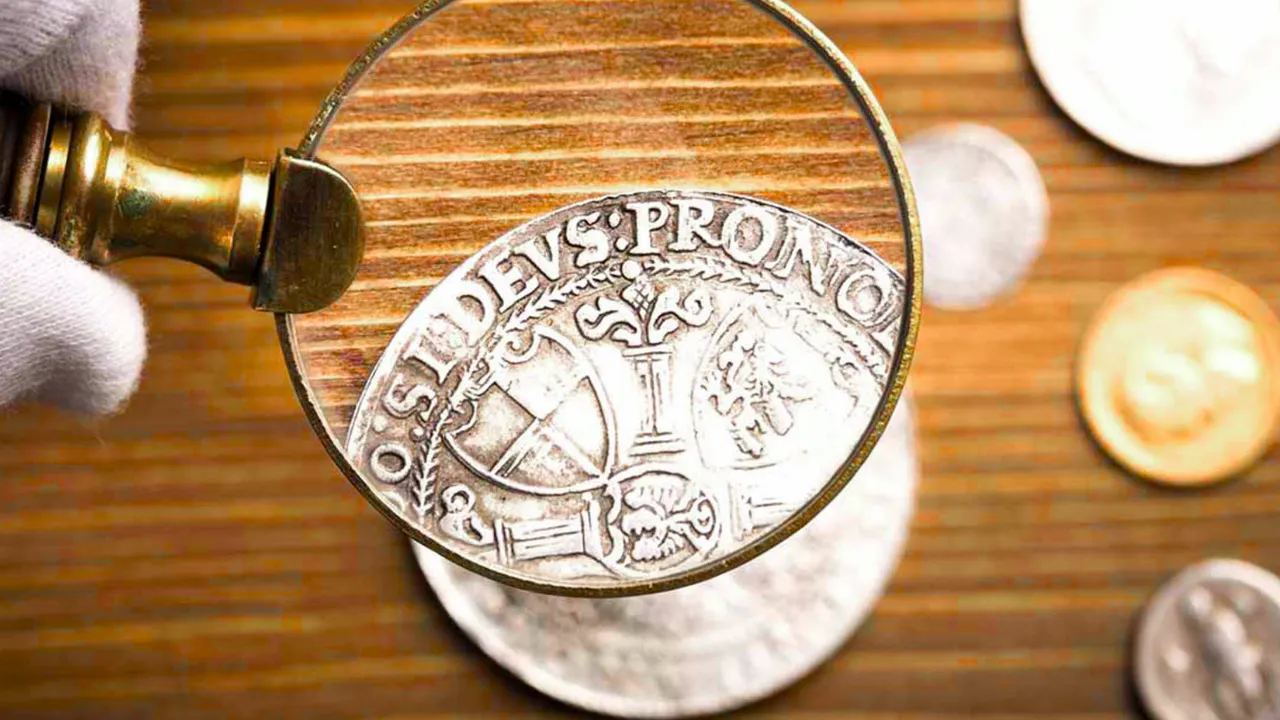The Lincoln Wheat Penny Valued at $5 Million: The Lincoln Wheat Penny has captivated collectors and treasure hunters for decades. This historic one-cent coin, first minted in 1909, carries more than just monetary value—it represents a piece of American history. While most of these coins are only worth a few cents, certain rare editions have skyrocketed in value, with one rumored to be worth an astonishing $5 million. The question is: Why are some Lincoln Wheat Pennies so valuable, and could one still be hiding in your spare change today?
In this article, we’ll dive deep into the origins, historical significance, and factors that make the Lincoln Wheat Penny so special. We’ll also reveal which specific versions are the most valuable and provide tips on identifying these hidden treasures.
Quick Overview of the Lincoln Wheat Penny
| Feature | Details |
| Minting Years: | 1909–1958 |
| Designer: | Victor David Brenner |
| Obverse Design: | Abraham Lincoln’s profile |
| Reverse Design: | Two wheat stalks |
| Most Valuable Editions: | 1943 Copper Penny, 1909-S VDB Penny, 1955 Double Die Penny |
| Estimated Value Range: | A few cents to $5 million+ |
| Still in Circulation: | Rare, but possible |
The History Behind the Lincoln Wheat Penny
The Lincoln Wheat Penny was introduced in 1909 to commemorate the 100th anniversary of President Abraham Lincoln’s birth. Designed by Victor David Brenner, this coin was revolutionary as it marked the first time a real person’s portrait appeared on a U.S. coin.
The obverse of the coin features Abraham Lincoln’s portrait, symbolizing leadership and unity. The reverse design, with its two wheat stalks, represents America’s agricultural roots and prosperity. This penny replaced the Indian Head Cent and remained in production until 1958, after which it was replaced by the Lincoln Memorial Cent.
What Makes a Lincoln Wheat Penny Valuable?
Not all Lincoln Wheat Pennies are worth millions. The true value comes from a combination of rarity, minting errors, condition, and historical significance.
1. Rare Minting Errors
Minting errors can dramatically increase a coin’s value. The 1943 Copper Penny is one of the most famous examples. During World War II, pennies were supposed to be made from steel to conserve copper for the war effort. However, a few copper blanks accidentally made it into production, resulting in the rare 1943 Copper Penny.
Another notable error is the 1955 Double Die Penny, where the letters and numbers appear slightly doubled due to a misalignment during minting. These coins are extremely rare and highly valuable.
2. Low Mintage Numbers
Coins with limited production runs are always more valuable. The 1909-S VDB Penny, minted in San Francisco, is one of the rarest versions due to its low mintage numbers. The initials “VDB” stand for Victor David Brenner, and their inclusion on the coin initially caused controversy, leading to a limited production run.
3. Historical Significance
The Lincoln Wheat Penny was minted during significant historical moments, such as World War I, the Great Depression, and World War II. Coins from these periods often carry added value due to their connection to these historic events.
4. Condition and Mint Mark
A coin’s condition (whether it’s worn or in mint state) significantly affects its value. Additionally, certain mint marks, like the “S” (San Francisco Mint) or “D” (Denver Mint), can also add to its rarity and price.
Are Lincoln Wheat Pennies Still in Circulation?
Despite being replaced in 1959 by the Lincoln Memorial Cent, the Lincoln Wheat Penny still occasionally pops up in circulation. Over the years, many of these coins were either collected, hoarded, or lost, making them increasingly rare.
However, treasure hunters and coin enthusiasts still search coin rolls, old jars, and pocket change in hopes of stumbling across one of these historic coins. While finding a $5 million Lincoln Wheat Penny is unlikely, the possibility keeps collectors engaged and hopeful.
How to Identify a Valuable Lincoln Wheat Penny
Finding a valuable Lincoln Wheat Penny requires patience and attention to detail. Here’s how you can start:
- Check the Year: Look for pennies from 1909-S VDB, 1943 Copper, or 1955 Double Die.
- Inspect for Mint Errors: Look closely for any unusual patterns, doubling of letters, or misalignments.
- Examine the Mint Mark: Coins with “S” (San Francisco) or “D” (Denver) mint marks are often more valuable.
- Assess the Condition: Coins with little to no wear are generally more valuable.
- Seek Expert Advice: If you suspect your penny is valuable, consult a professional coin dealer for verification.
Famous Lincoln Wheat Pennies Worth Millions
Some Lincoln Wheat Pennies have become legendary due to their value:
- 1943 Copper Penny: Worth over $1 million due to its rare minting error.
- 1955 Double Die Penny: Valued at over $200,000 due to its doubling error.
- 1909-S VDB Penny: Often sold for over $1 million in pristine condition.
These coins represent the pinnacle of numismatic treasure and continue to capture global interest.
FAQs About the Lincoln Wheat Penny
1. Why is the Lincoln Wheat Penny valuable?
Certain editions are rare due to minting errors, low production numbers, or historical significance.
2. How can I check if my Lincoln Wheat Penny is rare?
Look at the year, mint mark, and condition, and check for mint errors.
3. Are Lincoln Wheat Pennies still in circulation?
Yes, but they are very rare and mostly found in old collections or rolls.
4. What is the most valuable Lincoln Wheat Penny?
The 1943 Copper Penny is one of the most valuable, often selling for over $1 million.
5. Should I get my Lincoln Wheat Penny appraised?
Yes, if you suspect it’s rare, consult a professional coin dealer.
Final Thoughts: Could You Be Holding a Fortune?
The Lincoln Wheat Penny isn’t just a coin; it’s a symbol of history, artistry, and unexpected fortune. While the odds of finding a $5 million penny are slim, every coin holds a story worth exploring.
So, next time you come across a penny, take a closer look—it might just be your hidden treasure waiting to be discovered.
Start your coin hunt today—who knows, fortune might be in your pocket!
